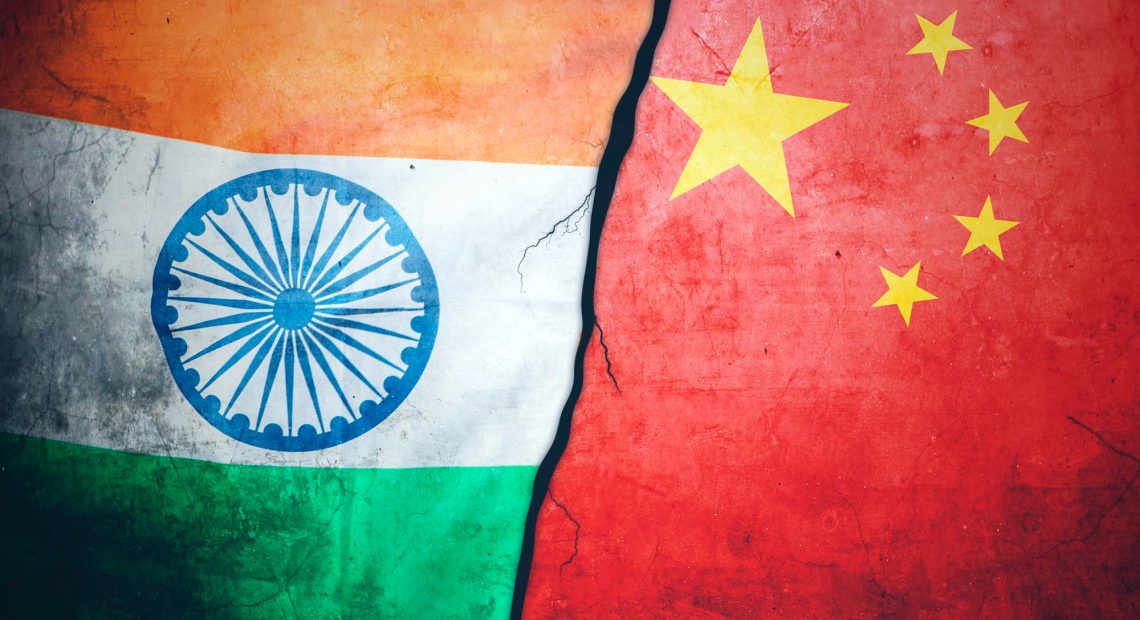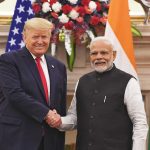
India Imposes Duties on Chinese Chemicals Amid Fertiliser Squeeze
India has stepped up trade actions against China by imposing anti-dumping duties on a range of Chinese chemical imports, even as the country faces a worrying shortage of specialty fertilisers ahead of the critical sowing season. The developments mark an intensification of economic tensions between the two Asian giants.
New Tariffs Target Chinese Chemicals
The Indian government has introduced five-year anti-dumping duties on key Chinese chemicals including PEDA, Acetonitrile, Vitamin A Palmitate, and Insoluble Sulphur. The tariff slabs range from ₹1,300 to over ₹2,000 per tonne depending on the product. The measures are designed to counteract the impact of underpriced imports that threaten domestic manufacturers and to prevent market distortion.
In total, six Chinese products—including decor paper and potassium tertiary butoxide—are now covered under these new trade restrictions. The move reflects India’s intent to protect its domestic industry and reduce its growing trade imbalance with China, which has now ballooned to nearly USD 99 billion.
Fertiliser Shipments Disrupted
Amid the tariff push, India is also grappling with a supply crunch in specialty fertilisers, predominantly sourced from China. In recent weeks, shipments of water-soluble and slow-release fertilisers have been held back due to what industry insiders describe as a “deliberate delay” in customs clearance and inspection processes on the Chinese side.
While no formal export ban has been announced, the effective blockade has left Indian importers stranded and threatens to derail sowing plans for high-value crops such as fruits, vegetables, and plantation produce. India sources nearly 80% of these specialised fertilisers from China during the peak June–December cropping season, making the sudden supply freeze especially damaging.
Risks to Agriculture and Supply Chain
With planting season underway, any further delay in procurement could hit agricultural yields and farmer incomes. Domestic manufacturing of specialty fertilisers remains limited, though several Indian companies have now accelerated efforts to fill the gap. Meanwhile, India is exploring emergency alternatives in Jordan, Europe, and the Middle East, but these options carry longer lead times and higher costs.
Government officials are also evaluating whether to roll out fiscal support or logistical interventions to stabilise fertiliser availability. Industry experts warn that if shortages persist, the ripple effects could extend well beyond agriculture into food inflation and rural distress.
Strategic Shift Toward Economic Self-Reliance
The dual developments—the imposition of tariffs and the fertiliser squeeze—signal a broader strategic shift in India’s approach to trade with China. While the duties offer near-term protection to Indian chemical and manufacturing sectors, the fertiliser crisis has exposed vulnerabilities in India’s import-heavy supply chain.
Policymakers now face a twin challenge: safeguarding agricultural productivity in the immediate term, and building long-term resilience through local capacity building and diversified sourcing. The coming weeks will be critical in determining how India manages this balancing act between economic protectionism and food security.


















